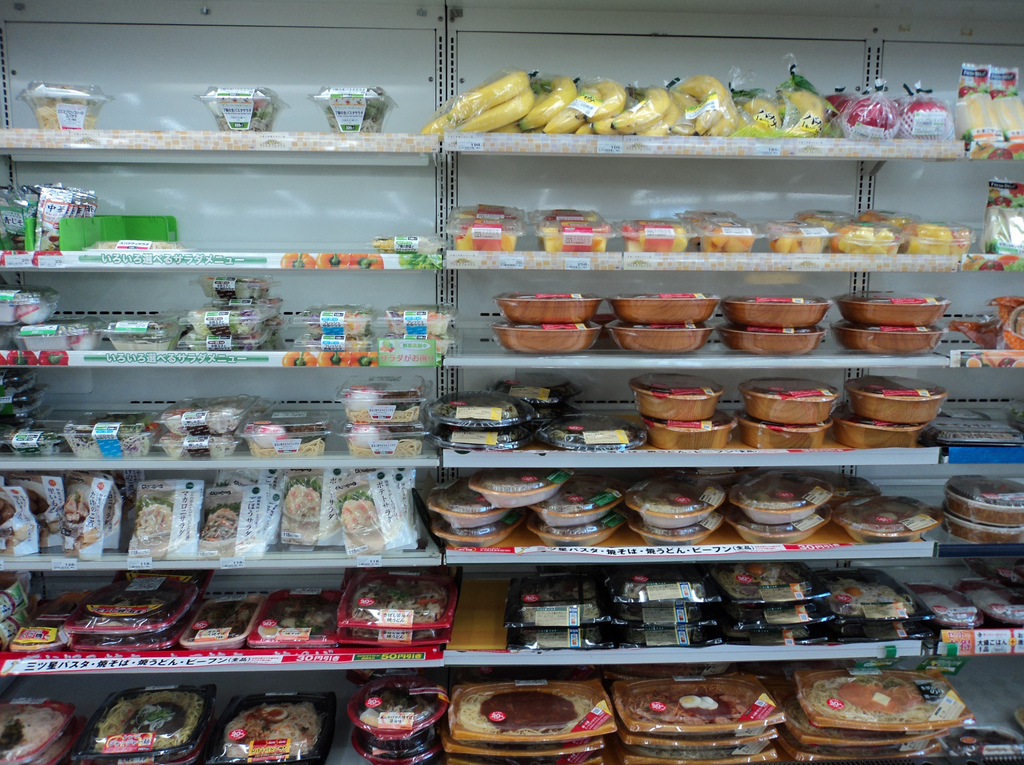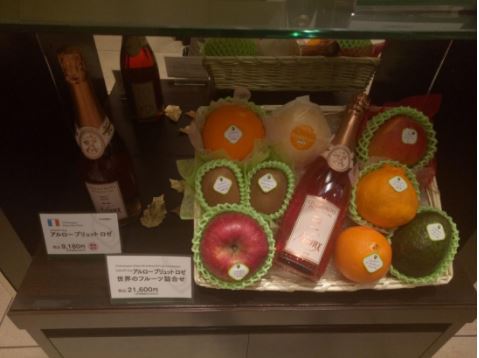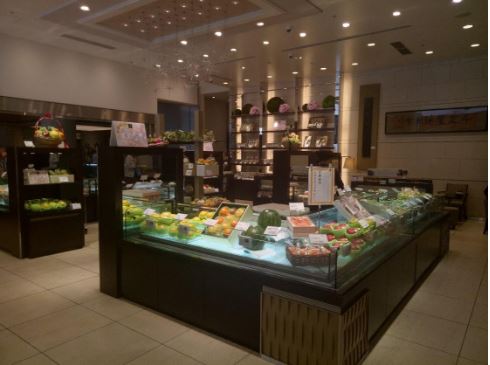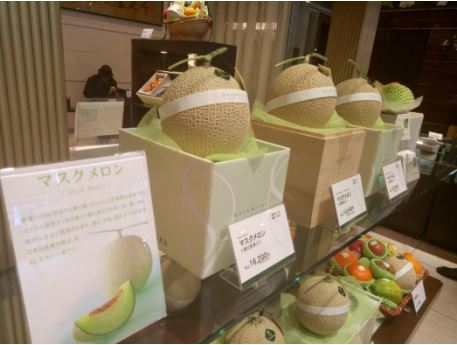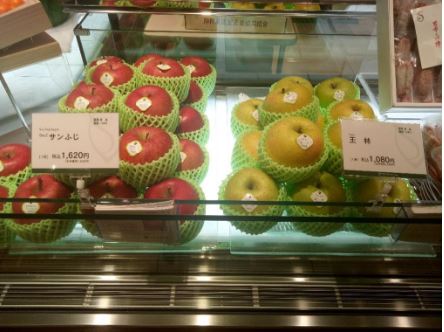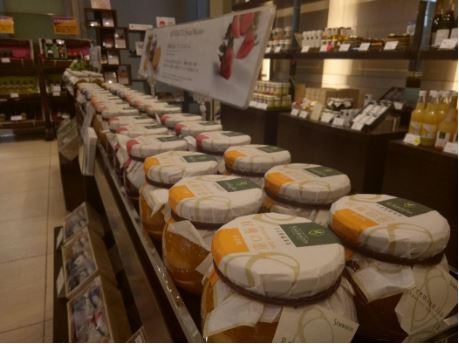When people talk about convenience and quality of services, we can definitely give it to the Japanese people. They know the value of not just money, but also people’s time. That’s why convenience stores or “konbini” as what it is locally referred to definitely takes our definition of a “one-stop shop” to a whole new level.
More than 50,000 convenience stores can be found in Japan. Every street corner even to the most provincial places has convenience stores. It’s where people usually go to purchase their food or simply to have coffee and have a rest from the cold outside. There is a fierce competition among major convenience stores operators in Japan such as 7/11, Family Mart and Lawson. This competition enables them to come up with innovations and creations of products to make the experience truly convenient for their consumers.
Each store has a wide variety of ready to eat food. For most Japanese people who just wants to grab something to eat because of their busy schedule, convenience store is definitely the place where they go to. Besides the fact that it’s a fast purchase, ready to eat food in convenience stores doesn’t lack the quality and good taste other restaurants also offer. Though most foods offered are Japanese, there are also Western food like pasta and sandwiches that can be purchased. The store clerk will always offer to reheat the food.
Other items such as cold beverage, ice creams, packed biscuits and snacks, alcoholic beverage and other food items can be found in convenience stores. These products also change depending on the season.
Besides food items, personal care products, cosmetics, batteries and other basic necessities can also be bought inside the convenience stores. Books, manga series, newspapers, magazines, and umbrellas are also available.
It’s hard to hail a cab on some places in Japan, most especially outside city centers. That’s why most convenient stores in these areas have a phone that a person can use to call a cab. Aside from this, these convenience stores also have public restrooms that people can use.
ATM Machines can also be found inside the convenience stores. Besides the banks, people go to convenience stores to withdraw their money from their ATM Cards. Branches of 7/11 have ATM Machines where international ATMs such as visa and mastercard can be accepted and used to dispense Japanese yen.
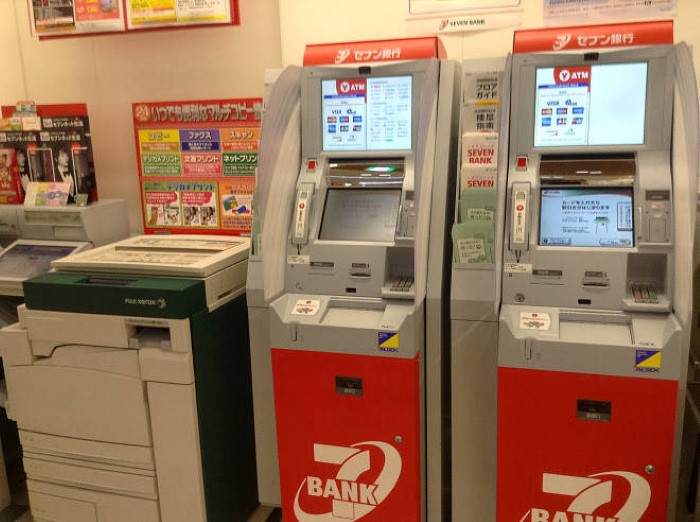
Multi-copy machines can also be used inside the convenience stores. But instead of the typical photocopier, they can also be utilized to send fax mails, print digital pictures and print documents from flash drives.
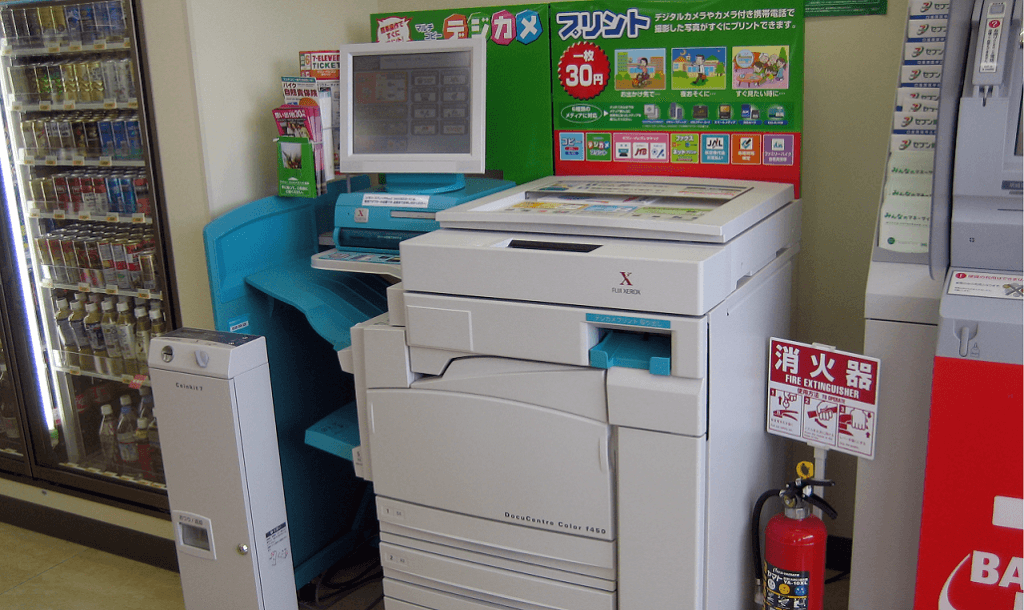
Another innovative machine found on Japanese Convenience stores is what they call the Loppi Machines. These red-colored machines can be used to buy tickets on various events in Japan such as concerts, sports, theme parks or even travel services. Once the machine dispensed the ticket, it can be paid directly to the counters. Besides tickets, the multi-purpose machine can also be used to confirm purchases made online or simply for bills payment (i.e. utility bills, insurance bills, cellphone bills). Loppi Machines make payments very easy as it can be made in many convenience stores. However, some machines don’t have an English Interface making it hard for foreigners to operate. Despite this, one can always ask assistance from the store clerk and they would be more than willing to help.

Finally, as most public places in Japan, convenience stores also offer free wifi access for a limited number of hours. For people passing by who need a drink and a place to rest, specifically tourist who also need the internet for directions, the stores’ free wifi access is truly convenient.
Japanese convenience stores truly offer its consumers not just good quality of purchases but also a worthy shopping experience. It redefines “convenience” to a level where consumers will not just find it easy to shop, but also to transact on most day to day necessary services. These stores, despite their size and assortment, would really come in handy for people, Japanese and Foreigners alike.
